India’s footwear market has undergone a significant transformation in recent years. As consumer preferences lean towards conscious and sustainable choices, faux leather shoes have emerged as a popular alternative to traditional leather footwear. This article explores the rising trend of faux leather shoes in India, highlighting their style, sustainability, and affordability. 1. Style beyond Boundaries: Faux leather shoes have shattered the perception that only genuine leather can be stylish. With advancements in manufacturing techniques, faux leather shoes now come in a wide range of designs, colors, and finishes. From classic loafers to trendy boots, fashion-conscious consumers can find faux leather shoes that rival the aesthetic appeal of their genuine counterparts. Moreover, faux leather can be easily embossed, printed, or molded, allowing for greater design versatility.
.
 2. Environmental Sustainability: One of the most significant advantages of faux leather shoes is their positive environmental footprint. Unlike genuine leather, which requires large amounts of water, land, and energy for production, faux leather is made from synthetic materials such as polyurethane (PU) or polyvinyl chloride (PVC). These materials don’t involve animal exploitation and contribute to reducing deforestation, making them a more sustainable option. By choosing faux leather shoes, consumers can support eco-conscious practices and reduce their carbon footprint. 3. Cruelty-Free Fashion: An increasing number of consumers are opting for faux leather shoes due to ethical concerns surrounding animal cruelty. In India, where several religions and communities advocate for the protection of animals, faux leather offers a guilt-free alternative.
2. Environmental Sustainability: One of the most significant advantages of faux leather shoes is their positive environmental footprint. Unlike genuine leather, which requires large amounts of water, land, and energy for production, faux leather is made from synthetic materials such as polyurethane (PU) or polyvinyl chloride (PVC). These materials don’t involve animal exploitation and contribute to reducing deforestation, making them a more sustainable option. By choosing faux leather shoes, consumers can support eco-conscious practices and reduce their carbon footprint. 3. Cruelty-Free Fashion: An increasing number of consumers are opting for faux leather shoes due to ethical concerns surrounding animal cruelty. In India, where several religions and communities advocate for the protection of animals, faux leather offers a guilt-free alternative.
..
 By avoiding genuine leather sourced from animals, consumers can make a compassionate choice without compromising on style or quality. This has led to a rise in the popularity of faux leather shoes, particularly among the younger generation. 4. Affordability for All: Faux leather shoes also provide a more affordable alternative to genuine leather shoes. The manufacturing process for faux leather is more cost-effective, resulting in lower retail prices. This affordability has democratized access to stylish and durable footwear, making faux leather shoes a viable option for individuals from all economic backgrounds. Additionally, the affordability factor allows consumers to have multiple pairs of faux leather shoes, providing them with versatility and style options for various occasions.
By avoiding genuine leather sourced from animals, consumers can make a compassionate choice without compromising on style or quality. This has led to a rise in the popularity of faux leather shoes, particularly among the younger generation. 4. Affordability for All: Faux leather shoes also provide a more affordable alternative to genuine leather shoes. The manufacturing process for faux leather is more cost-effective, resulting in lower retail prices. This affordability has democratized access to stylish and durable footwear, making faux leather shoes a viable option for individuals from all economic backgrounds. Additionally, the affordability factor allows consumers to have multiple pairs of faux leather shoes, providing them with versatility and style options for various occasions.
…
 5. Care and Maintenance: Caring for faux leather shoes is relatively hassle-free compared to genuine leather. Faux leather is resistant to stains and moisture, making it easier to clean and maintain. Simple steps like wiping with a damp cloth or using mild soap and water can help retain the shine and prolong the lifespan of faux leather shoes, making them a convenient and practical choice for busy individuals. Conclusion: As consumer preferences continue to evolve towards sustainability and conscious choices, faux leather shoes have gained significant traction in the Indian footwear market. Not only do they offer style beyond boundaries and affordability for all, but they also contribute to environmental conservation and uphold ethical standards. The rise of faux leather shoes in India is a positive sign, reflecting a growing shift towards a fashion industry that is both stylish and responsible.
5. Care and Maintenance: Caring for faux leather shoes is relatively hassle-free compared to genuine leather. Faux leather is resistant to stains and moisture, making it easier to clean and maintain. Simple steps like wiping with a damp cloth or using mild soap and water can help retain the shine and prolong the lifespan of faux leather shoes, making them a convenient and practical choice for busy individuals. Conclusion: As consumer preferences continue to evolve towards sustainability and conscious choices, faux leather shoes have gained significant traction in the Indian footwear market. Not only do they offer style beyond boundaries and affordability for all, but they also contribute to environmental conservation and uphold ethical standards. The rise of faux leather shoes in India is a positive sign, reflecting a growing shift towards a fashion industry that is both stylish and responsible.
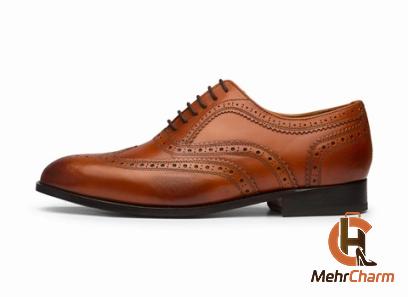
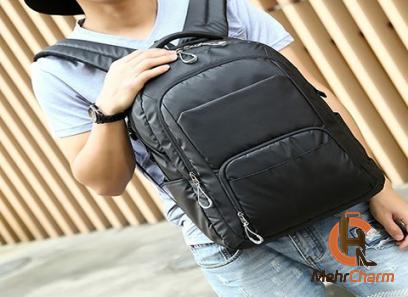
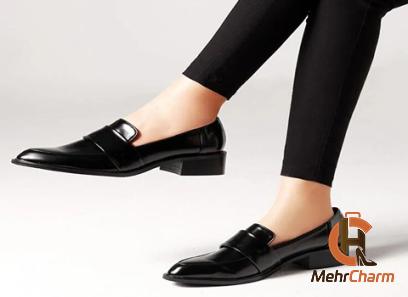
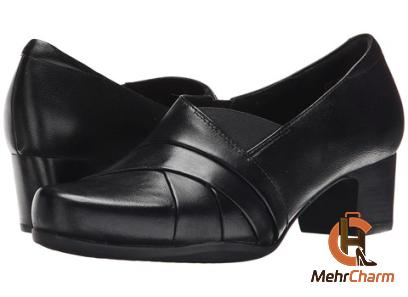



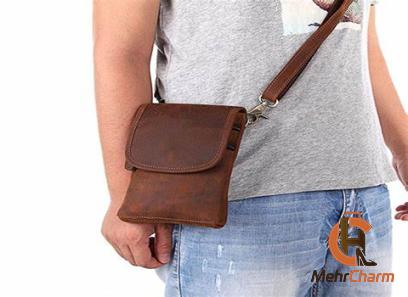

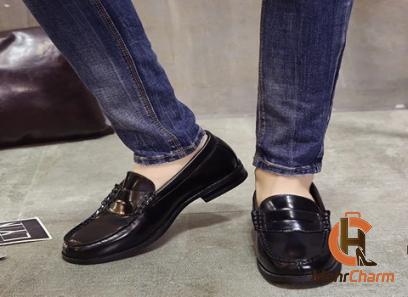
Your comment submitted.